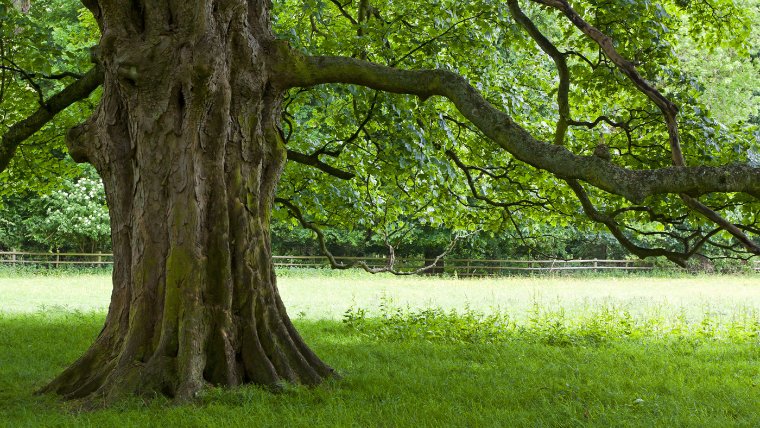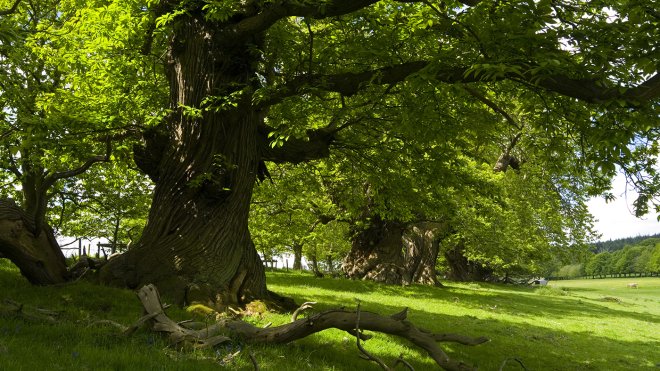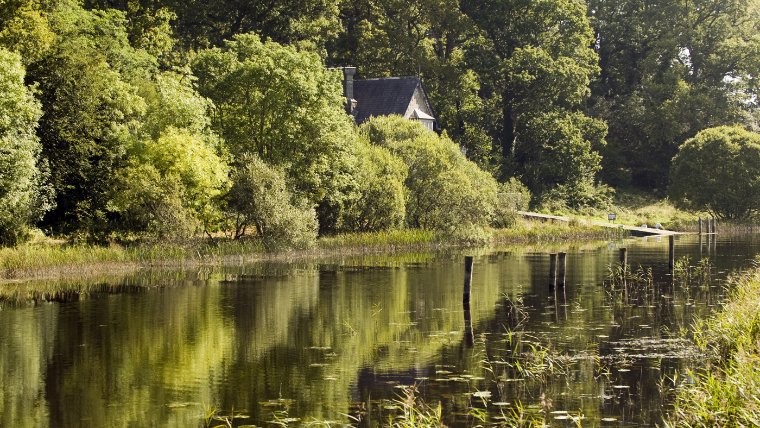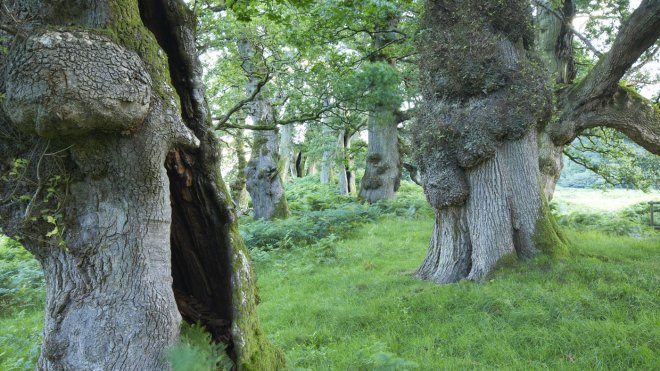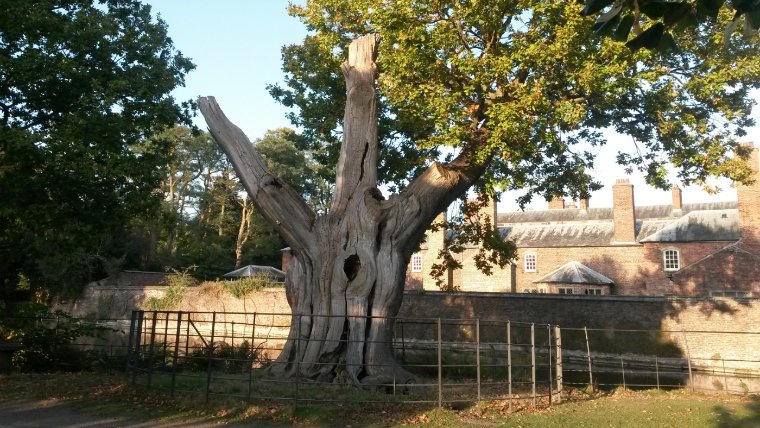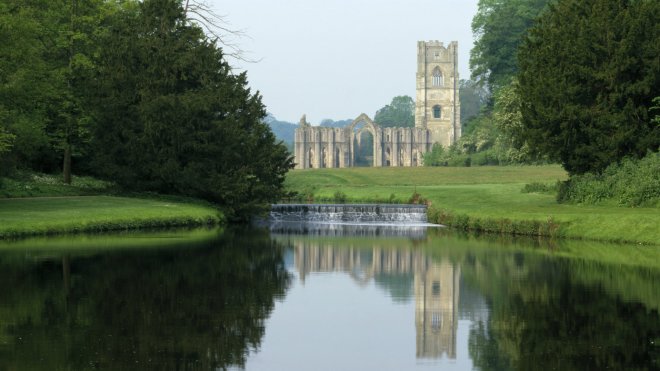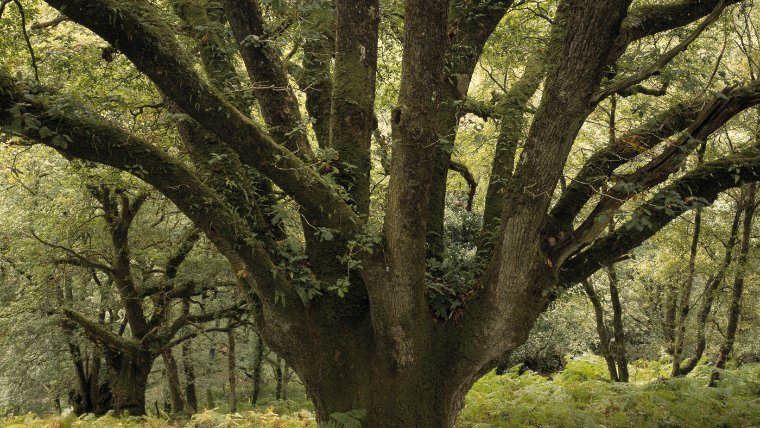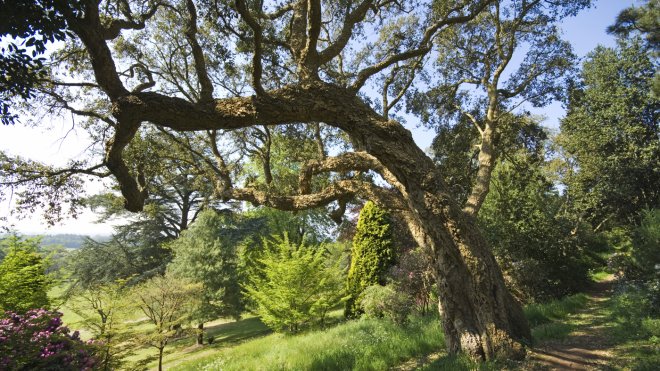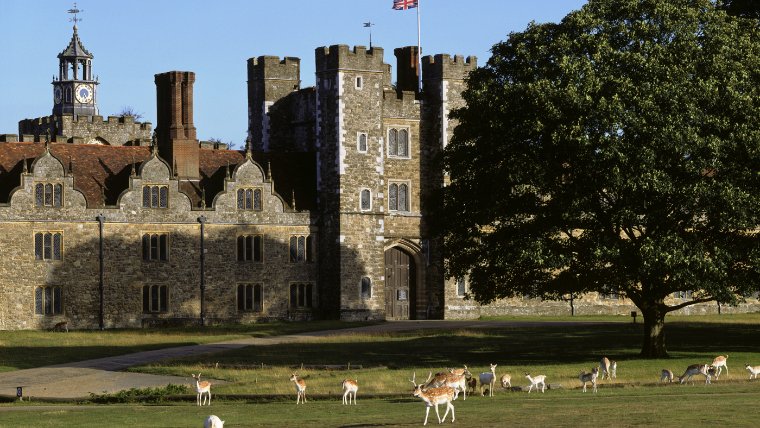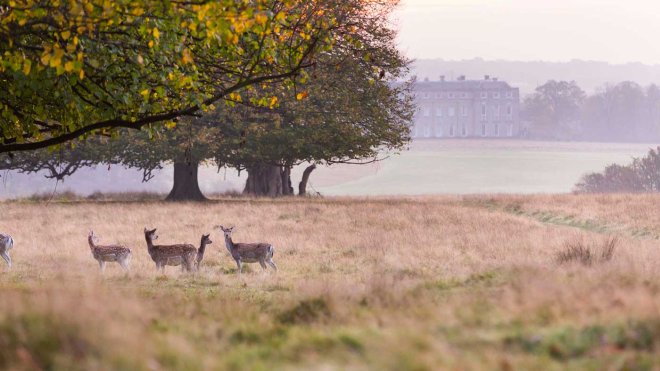Possibly one of our best places to see ancient trees, as they can be found across the parkland. This is the only known place with a pair of thousand-year-old oak trees. It also has a lime tree that is slowly making its way across the landscape as its branches make contact with the ground.
You’ll feel you’ve stepped back into a landscape more akin to Tudor times, when you see Croft Castle’s gnarly old trees. Walk across the parkland and look out for the Quarry Oak, one of only a handful of thousand-year-old trees in our care. There is also the fantastic avenue of old, twisted sweet chestnut trees. It’s believed that the trees were grown from nuts salvaged from a shipwrecked Spanish Armada boat 400 years ago.
Crom is home to the largest area of oak woodland in Northern Ireland and the oldest yew trees in Ireland. It is a tranquil landscape of islands, woodland and historic ruins. Set on the shores of Upper Lough Erne in County Fermanagh, this is one of the UK’s most important nature reserves.
There are nearly 300 ancient trees at Dinefwr, half of which can be found in the deer park. You’ll be hard pressed to find anywhere else in Wales with so many ancient trees. The parkland is a haven for wildlife and a designated National Nature Reserve.
Dunham Massey’s magnificent deer park is home to many ancient beech and oak trees. Look closely at one of the old beech stumps and you’ll see some brickwork. Many years ago it was thought beneficial for a tree’s health to try to close up holes in its trunk with either bricks or concrete. This practice has now stopped since it was recognized that decay in the trunk may actually be beneficial to a tree.
Fountains Abbey & Studley Royal, Yorkshire
Fountains Abbey & Studley Royal Water Garden has some exquisite ancient trees. One of the best is the wild cherry, which unfortunately shed much of its crown, but is still a huge tree. There are also some quirky oaks with windows cut into their hollow trunks. No one knows when or why these were created, but the end result is enchanting.
Horner Wood on the Holnicote Estate is an extensive ancient wood pasture. Over the past century the area has slowly become a woodland. In recent years we’ve been removing the smaller trees that were competing with the older pollarded trees. Pollarding is when trees have their tops removed every few years. The waste foliage was then used for firewood, tools or winter fodder. Look out for recently pollarded oak trees in the woodland.
There are many fine ancient oaks and sweet chestnuts in the park at Killerton. But there are lesser known species that are of particular interest. One is an ancient hawthorn which had a decayed hollow trunk into which a birch seed fell, sprouted and took root.
Experience the history and wildlife of Knole Park, which has changed little over the past 400 years. You’ll find a landscape of huge, gnarled chestnuts and oaks punctuated by plantations of young trees that are being grown to replace those lost in the Great Storm of 1987.
Petworth has many characterful ancient sweet chestnut trees. Some clearly show signs of having been struck by lightning. There are also ancient lime trees in the park. These very old trees have had extensive decay to their trunks, creating totally hollow shells, with only strands of the original trunks remaining. The trees may still go on to live for several hundred more years in this fragile state.
